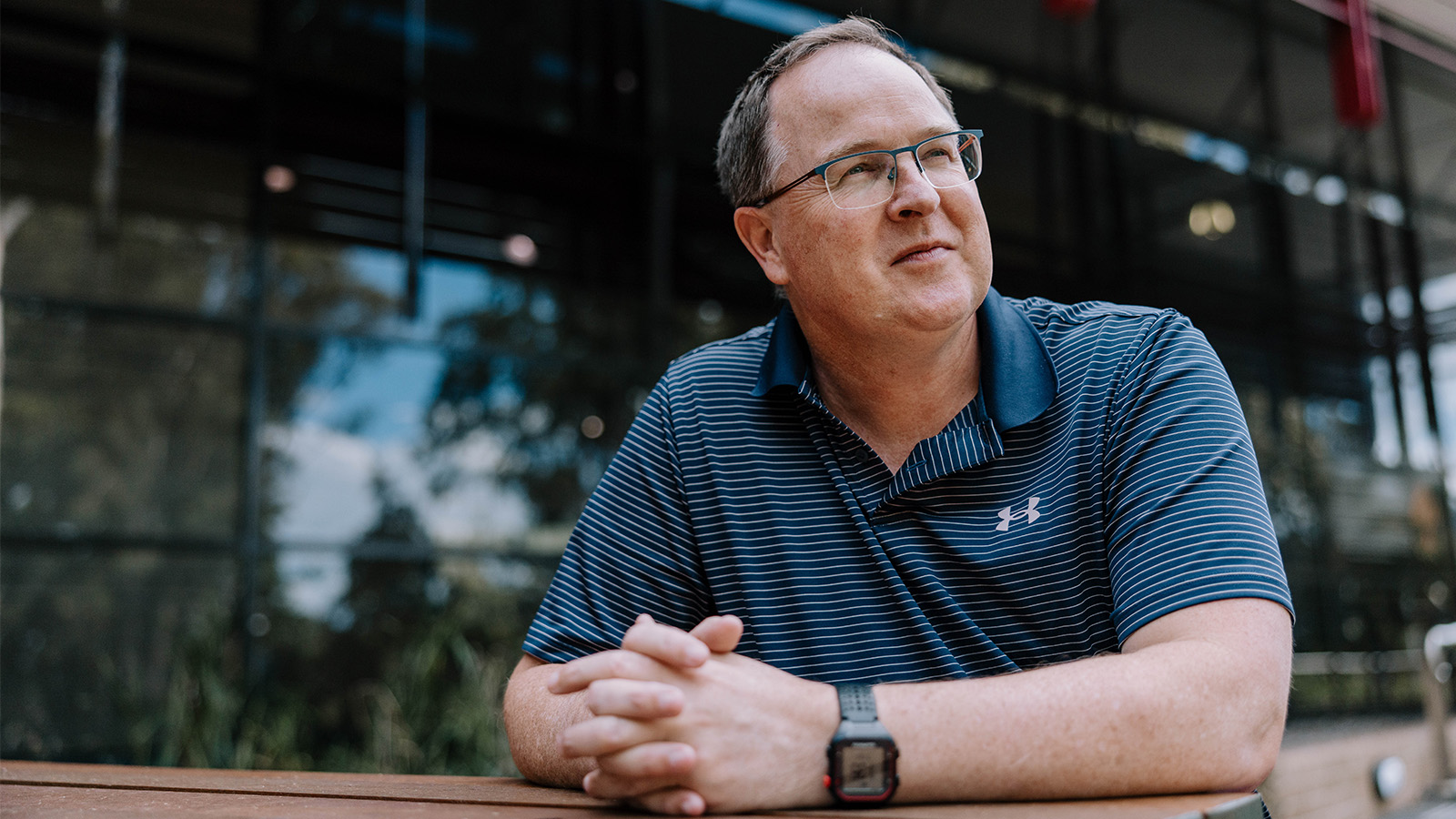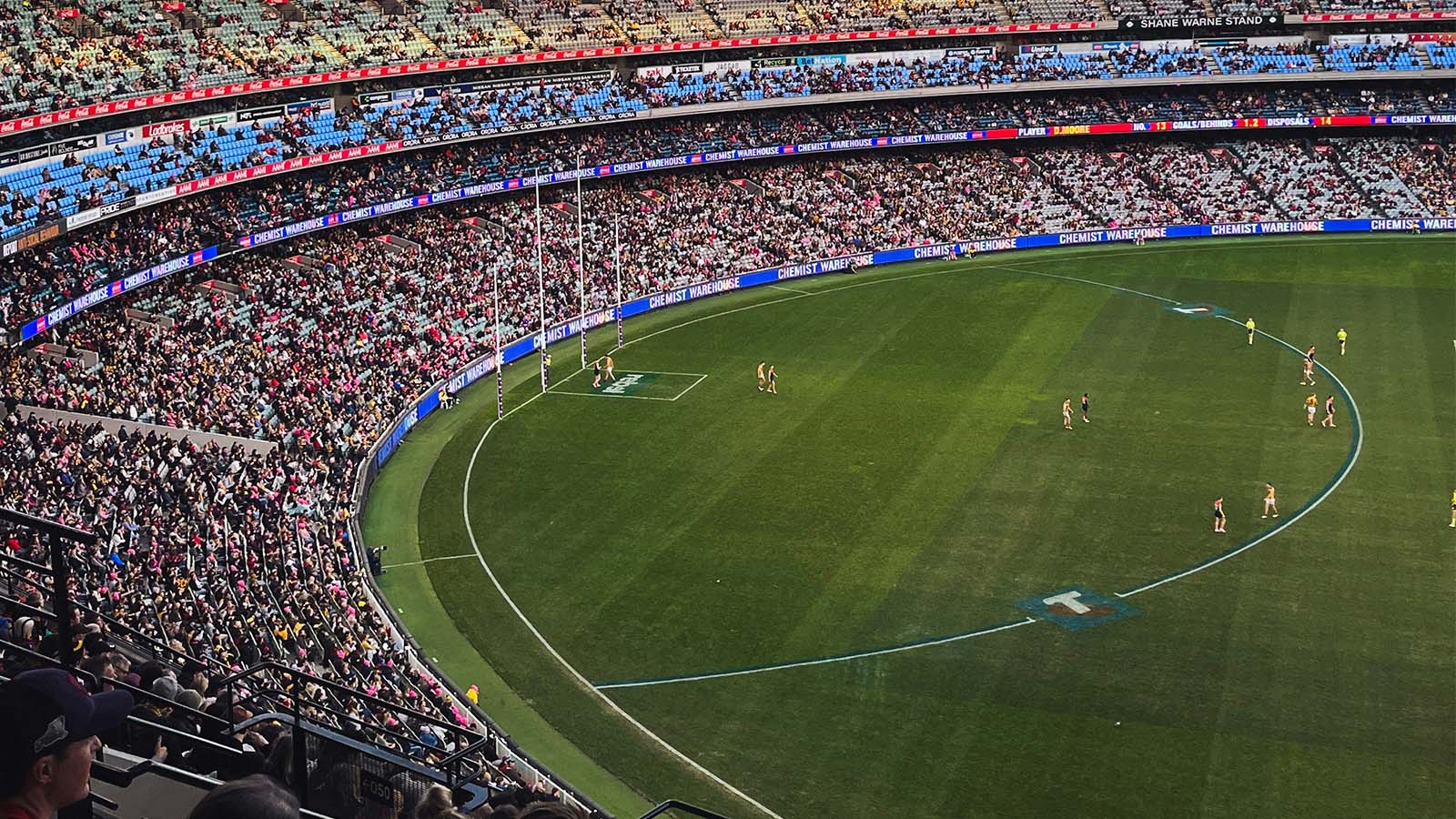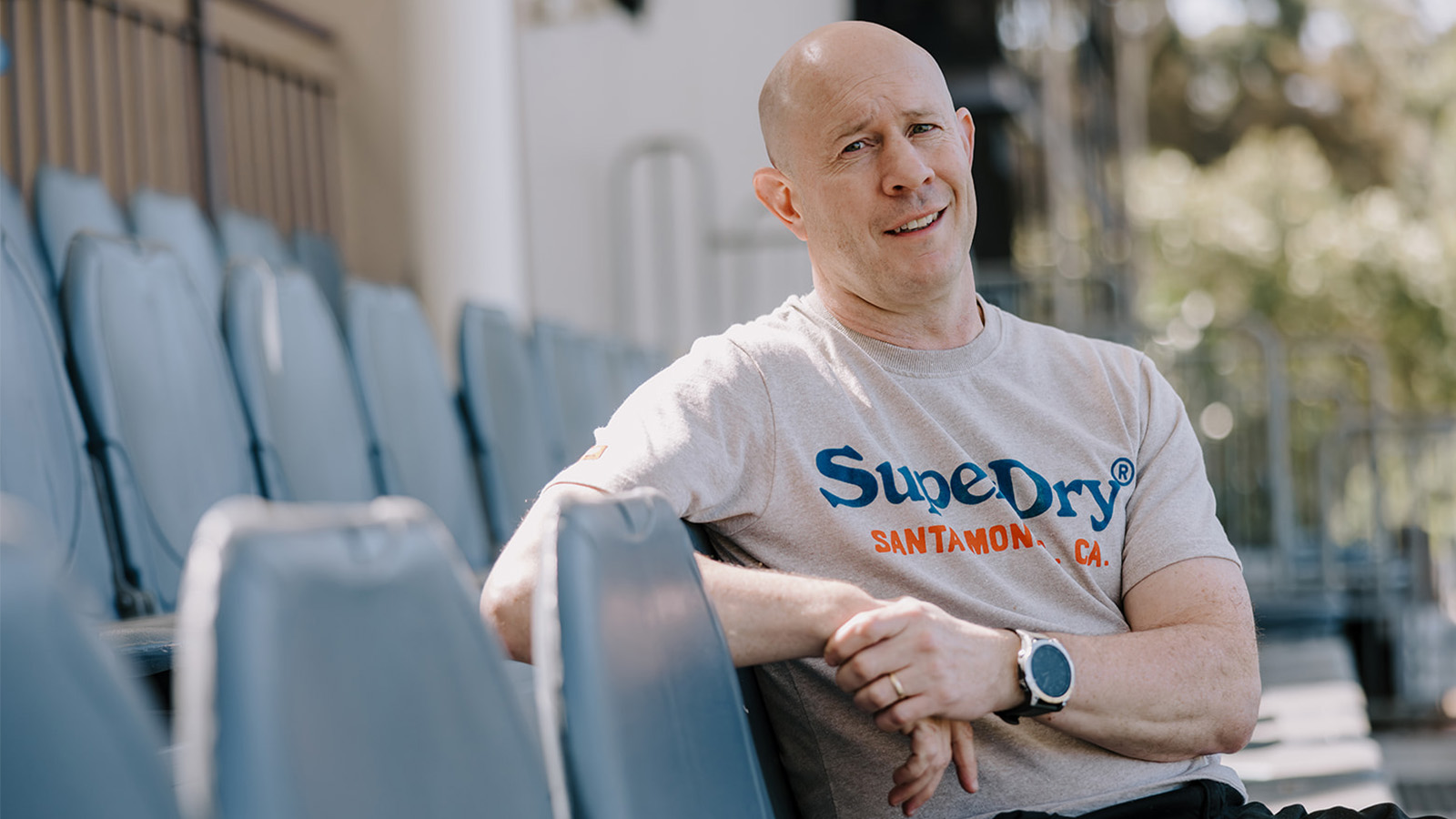When the body heals but the brain doesn’t
The impact of CTE in Australian sport.
October 3, 2025
As the siren sounds on sports seasons across Australia, CTE remains an ongoing issue shaping the future of athlete well-being and mental health.
*Please note: This story includes discussion of mental illness and suicide.
In the midst of Australia’s major football grand finals, the headlines retell a familiar story each year. Battered bodies held together with strapping tape determined to last one more game.
Toughness is ingrained in Australian sport, and we celebrate those who have the grit to play through the biggest match of their careers with and .
But what happens when the injury is to the brain?
Some of Australia’s most devastating sporting injuries linger in locker rooms when the roar of a stadium falls silent.
Chronic Traumatic Encephalopathy, or CTE, is a neurodegenerative disease linked to repeated concussions and head trauma. It was first studied in boxers in the 1920s as “punch-drunk syndrome”, but more recently, it has become a reckoning force in football codes worldwide.
Dr Ian Murphy, Associate Professor at the 51²č¹Ż’s Graduate School of Medicine and medical advisor to Sports Integrity Australia, has spent much of his career at the intersection of elite sport and player safety.
As the former Chief Medical Officer at New Zealand Rugby, Dr Murphy oversaw player safety and well-being during a period when concussion management was changing rapidly.
“For seven years, I lived what felt like a daze of concussion-related injuries,” Dr Murphy recalls.
“Never a dull moment, one would say.”
The perfect storm
Concussion in contact sports is not a new concept. At the advent of televised sport in the 1960s, it was there in black and white. Concussed players were often picked up, dusted off, and sent back onto the field.
By the 1990s, guidelines around concussion did exist but only amounted to a couple of pages and were not based in science.
However, when rugby union became a professional sport in 1995, things started to rapidly change. Suddenly, there was money involved, media visibility, and the field became a workplace. Players were no longer just athletes, but employees.
By the early 2010s, Dr Murphy recalls an increased expectation of tighter concussion management. Around the same time, thousands of NFL players launched a class-action lawsuit in the United States, alleging the league had concealed the dangers of head trauma. The case resulted in a $765 million settlement in 2013, later expanded to $1 billion in 2015 to compensate players for brain injuries, including dementia and CTE.
“Everything came together in a perfect storm,” Dr Murphy says.
“It lit a fuse under every other sport of a similar ilk where collisions were a mainstay of the game. The juggernaut of concussion injuries and CTE really started to gain public prominence and momentum behind widespread concern.”
In Australia, the conversation has recently grown more urgent. Earlier this year, former AFL players launched class actions against the league, alleging negligence in the handling of concussions. The NRL has also tightened its return-to-play protocols by extending mandatory stand-down periods and employing independent doctors on the sidelines.
Competing sides

Dr Murphy says concussion management is often caught between the right to play and the right to heal. Today, most professional codes enforce mandatory stand-downs of 10 to 12 days. In community sport, the period is longer at 21 days.
“That has good scientific basis,” Dr Murphy explains.
Evidence shows that , but a subset of players face ongoing issues that outlast their careers.
“Even when we acknowledge and manage the short team as we should, we know that there is a subset of players who have ongoing issues relating to head knocks that often outlast their career in the sport,” Dr Murphy says.
“Identifying these players is very difficult.”
CTE itself can only be diagnosed posthumously, but Dr Murphy acknowledges it has become synonymous with the challenges many footballers face after retirement. Symptoms range from memory loss and trouble concentrating to depression, aggression, and in some cases, suicidal intent.
The condition has claimed the lives of prominent Australian athletes including AFL/AFLW players Danny Frawley and Heather Anderson, and NRL coach and ex-player Paul Green, all of whom died by suicide. NRL legend Wally Lewis has spoken openly about his probable CTE diagnosis, which has caused ongoing memory loss.
“CTE is associated with a constellation of variable symptoms and outcomes that are distressing for everyone involved,” Dr Murphy says.
A pedestal they don't seek

While many dream of playing professional sport, the reality of life in the spotlight is one few of us can truly imagine.
“We have the collective habit of putting professional sportsmen and women on a pedestal they don’t seek,” Dr Murphy reflects.
“They may be particularly good at running 100 metres or jumping in the air, but underneath it all they are still made of the same bricks and mortar as the rest of us.”
Unlike most workplaces, an athlete’s on-field mistakes are repeatedly replayed in slow motion, and their private lives often become tabloid fodder. When layered with well-being vulnerabilities, Dr Murphy said the result can be “a bit of a powder keg”.
“There are certainly athletes with no history of head injuries or who do not play contact sports, who still find challenges with their mental health.
With the evolution of sport into a visible profession, there are financial pressures, the pressure to perform, and social media comments made about them because they didn’t play well, that all make a contribution.”
Dr Murphy explains that current research cannot easily separate concussion from mental health issues in sport.
“There are layers of complexity here that become very difficult to lay out in a way that’s balanced and fair,” he said.
“However, there is an avenue to mental health challenges that is far more direct than via CTE and head injuries.”
The culture of professional sport itself, the pressure to perform, the stigma of stepping away, the relentlessness of public commentary, can often be as harmful as the physical knocks.
“We are now seeing athletes who are openly saying they are taking time out of the spotlight to address some of the mental health challenges they are facing, and they should be applauded and supported,” Dr Murphy says.
Looking ahead

Dr John Sampson is preparing a research grant application to test whether a new generation of headgear can protect players from traumatic brain injuries.
“This new headgear in crash test dummy situations has been shown to reduce the linear and rotational accelerations of the brain, essentially the amount of movement inside the skull,” Dr Sampson says.
If successful, his study aims to test the headgear on 400 rugby players to measure whether it reduces sub-concussive impacts. These are the repeated knocks that don’t cause a player to be “knocked out” but may contribute to long-term damage.
Currently, most players avoid wearing traditional headgear because it has been shown to offer little protection to the brain beyond preventing cuts or abrasions. Dr Sampson hopes his research could change that.
“We’re never going to take risk away, only reduce it. But if the research is strong enough, then I think headgear will become part of sport, especially for kids,” he says.
If proven effective, Dr Sampson anticipates it could take decades for headgear to become mandatory across contact sports.
Dr Murphy believes research is crucial.
“It’s important to keep players informed, and there is a lot of player education that is not seen by the public. It doesn’t happen in the middle of the MCG.”
And while arguments continue over the necessity of contact sport, he says the benefits remain significant.
“There is good data actually to show that even in contact sports, for the vast majority of people participating in the sport in whatever shape or size or form, it is protective of your mental health and your physical health versus being harmful to it,” Dr Murphy concludes.
If this story has raised concerns for you, please remember support is available. UOW has a range of free support services for staff and students. You can also call on 13 11 14 or on 1300 22 4636 for confidential support anytime.